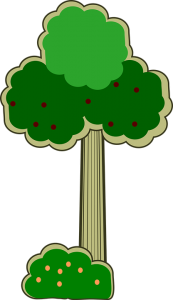
Pop goes the Weasel Started As Dance Music
It is a famous rhyme that was written in the year 1853 which started as a dance tune by the British Library. However, as an old English Dance, it was presented with Original Music at “Her Majesty’s & The Nobilities Balls.” When this song spanned over the Atlantic in mid-eighteenth century, the newspapers in the United States eventually called it “the latest English dance”. Just through that slogan was where “Pop goes the weasel” began to be used.
How People Interact with This Rhyme
People interact with this rhyme by self-discovery. This results in the ability to continuous process that begins with self- discovery and results in the ability to work together with others. Kids song for young children usually have no problem about how they may feel. Kids can show how they may feel about other people through appearance.
Many families with kids never give too thought to the lyrics of the song. Most people alike use it for games and dancing, strictly for entertainment because the tempo of the song would intermittently speed up and slow down adding to the physical excitement of dancing to the tune.
The Meaning of the Rhyme
There are a few meanings behind this rhyme. When people listen to the line where it says, “In and out the Eagle”, the song refers the City Road in North London, near where the Eagle Tavern is located. Because of the rhymes popularity, its silly lyrics grew throughout Victorian London.
It is also believed that, the song signifies to drinking beer at the Eagle Tavern. Inside the Eagle Tavern, people would drink continually until there’s no more money left. People would then leave their suits as security to take more money. The weasel may mean suit in the slang of Cockney.
In many of London’s small poor towns during the late sixteenth century, the popular rhyme helped to fill sweatshops, which also was the location of many theatres and music halls.
Special Significance
This rhyme has many special significances to it. The rhyme in Britain has been transformed as a fun dancing game for children since the late nineteenth century.
In the year 1938 this rhyme was recorded by The Merry Macs on Decca Records.
In the year 1961 through famous singer, Bing Crosby, he comprised the song in a beautiful combination on his album called, “101 Gang Songs”.
One of the first Three Stooges shorts made in the year 1934, this rhyme was used in the comedy short, “Punch Drunks”.
There are still currently many variations of the lyrics today. The first ever version was much more popular in the United Kingdom compared to the second version in the United States.
Many cartoons between the 1950s through the 1990s on popular television stations in the United States have played this rhyme for educational purposes for young children.